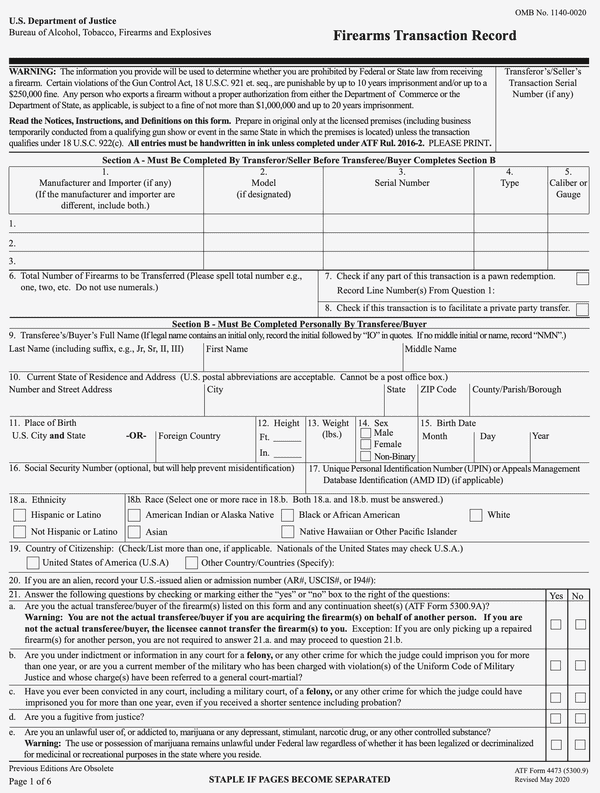If you are looking for How Much Sway Does the N.R.A. Still Have? – The New York Times you’ve visit to the right place. We have 1 Pics about How Much Sway Does the N.R.A. Still Have? – The New York Times like How Much Sway Does the N.R.A. Still Have? – The New York Times and also How Much Sway Does the N.R.A. Still Have? – The New York Times. Here it is:
Essentially, a tax is a obligatory financial levy or levy placed on a taxpayer – be it an individual or a legal entity such as a company – by a governmental organization. The chief purpose of this gathering is to fund various public expenditures, spanning from infrastructure projects like building bridges and maintaining highways to essential services like national defense, law enforcement, public health systems, and education. Without this steady stream of revenue, governments would not be able to provide the services and protections that citizens often depend on and look for as part of a functioning society, essentially underpinning the stability and order we often take for granted.
How Much Sway Does The N.R.A. Still Have? – The New York Times

www.nytimes.com
The existence of taxation is fundamentally based on the concept of the social contract, an implicit agreement among members of a society to cooperate for social benefits. Citizens offer a portion of their wealth or income to the state, and in return, the state provides security, order, infrastructure, and services that benefit the collective whole. This system enables the pooling of resources to achieve goals and provide services on a scale that would be impossible for individuals or smaller groups to accomplish independently. It constitutes a collective investment in the stability, development, and well-being of the community and the nation, binding individuals together through shared responsibility and benefit.
However, the world of taxation is far from monolithic or simple. Tax systems differ greatly from one country to another, and even within a single nation, many kinds of taxes exist. These can range from direct taxes levied on income and wealth, such as personal income tax and corporate profit tax, to indirect taxes imposed on goods and services, for instance Value Added Tax (VAT) or sales tax. Moreover, taxes can be levied on property, inheritance, capital gains, and specific activities or products deemed harmful or luxurious. The design of these tax systems, including rates, exemptions, and enforcement mechanisms, illustrates a complex interplay of economic goals, political ideologies, and societal values regarding fairness and distribution.
Understanding the principles and practices of taxation is therefore vital, not just for economists and policymakers, but for every citizen and business. Taxes impact individual financial decisions, mold corporate strategies, drive economic growth (or obstruct it), and support the very structure of our public lives. 1 Debates surrounding tax fairness, efficiency, and its impact on economic behavior are perpetual features of political discourse worldwide. Exploring this multifaceted subject sheds light on how societies choose to organize themselves, allocate resources, and pursue collective goals, rendering it an essential topic for anyone seeking to comprehend the mechanics of the modern economy and government.